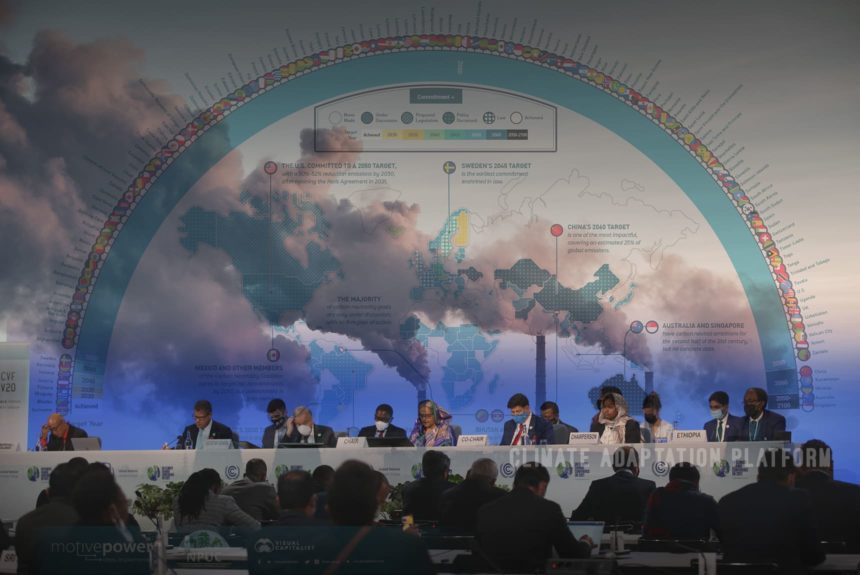Now that the dust has finally settled from the COP26 in Glasgow are countries on track to achieve the agreed 1.5°C warming limit?
Has the climate summit been successful in igniting the momentum from governments and businesses to take action to reduce emissions?
Will 2022 be the year for countries to bolster their climate policies, climate finance, and efforts to slash carbon emissions according to the Paris Agreement?
Thanks to the Climate Action Tracker (CAT). We can monitor countries’ climate action and how they are faring against the Paris Agreement.
According to its website:
“CAT quantifies and evaluates climate change mitigation targets, policies, and action. It also aggregates country action to the global level, determining likely temperature increases during the 21st century using the MAGICC climate model. CAT further develops sectoral analysis to illustrate required pathways for meeting the global temperature goals.”
“The Climate Action Tracker is an independent scientific analysis that tracks government climate action and measures it against the globally agreed Paris Agreement to ” hold warming well below 2°C and pursue efforts to limit warming to 1.5°C.”
It covers the most significant emitters and a representative sample of smaller emitters consisting of 85% of global emissions and around 70% of the world’s population. It tracks down national actions like:
- Effect of climate policies and action on emissions
- Impacts of pledges, targets, and NDCs
- Comparing a country’s efforts against its fair share with other countries toward the global efforts to limit warming and whether its national mitigation efforts are aligned with global least-cost pathways.
How does CAT measure each country’s fair share contribution?
Each government has a different view on determining a country’s fair share in emissions reduction; many think whoever contributes much to the problem or has a higher capability should do more.
To assess a country’s fair share, CAT compiled studies from the 5th Assessment Report of the IPCC and new studies published since, showing viewpoints or basis for what a country’s fair share should constitute, including historical responsibility, capability, and equality.
“We construct a “fair share range” for each country from the range of fairness estimates from the literature. We further use a weighting scheme to make sure that all equity viewpoints (categories) are considered equally. The fair share boundaries are chosen as the inner 90% of the study distribution. By doing so, we limit the influence of extreme studies while having the wide majority of studies included in the fair share range. We then divide the “fair share range” into sections, or ratings, by taking the same level within that range for all countries. This allows to define the same level of ambition for all countries with regards to their individual fair share literature and determine fair emission allowances in the years 2025, 2030 and 2050.”
To know more about the CATs evaluation of each country, click this link ➝ Fair Share.
With its new rating system, CAT shows which governments have set ambitious targets and which ones have set policies to meet them, and those who need to step up on climate finance.
According to the CAT 2022 data, governments need to bring something new to the table, especially when updating their NDCs.
Many huge emitting countries still fall short of their ‘fair contribution,’ and all developed countries would also need to step up to meet their fair share and climate finance contributions as well.
To track each country’s climate actions, policies, finance, and fair contributions and how it measures up to the Paris Agreement, go to the Climate Action Tracker website.
Source:
Climate Action Tracker. (2021). Retrieved from https://climateactiontracker.org/



Leave a Reply